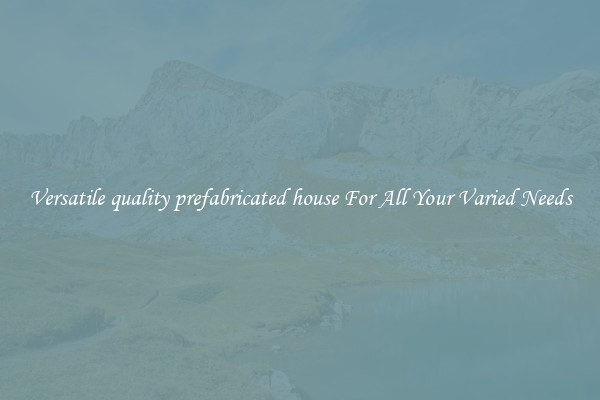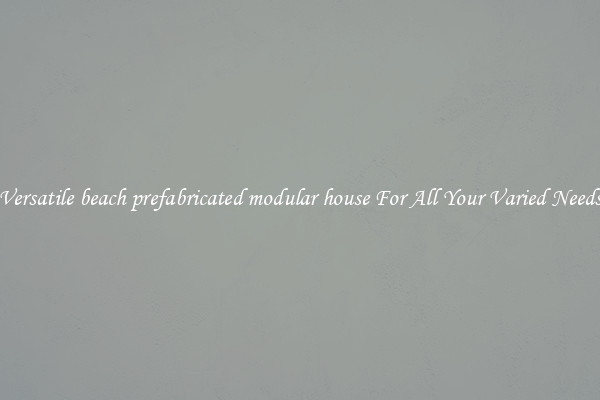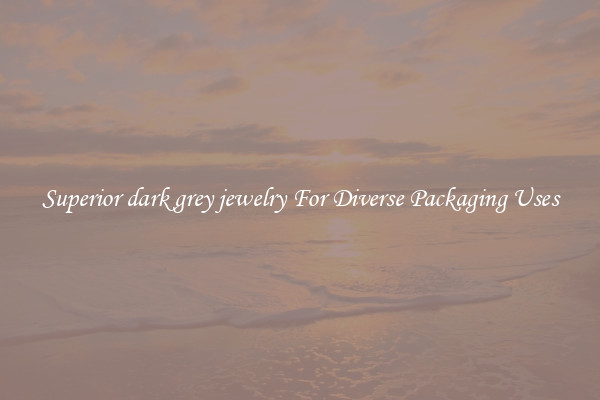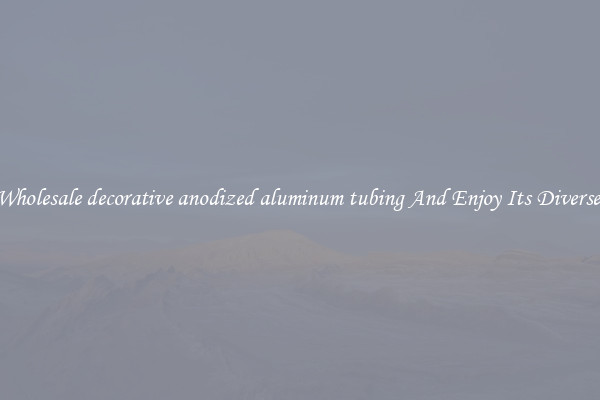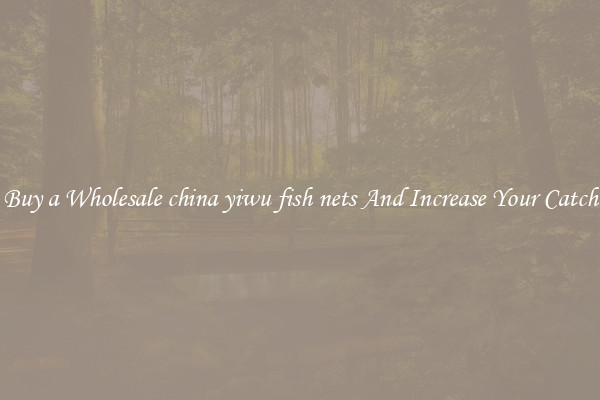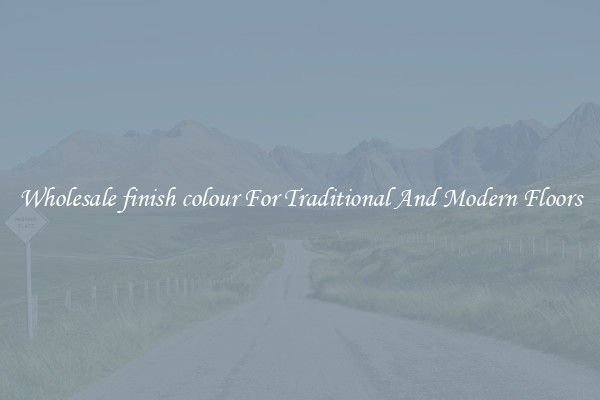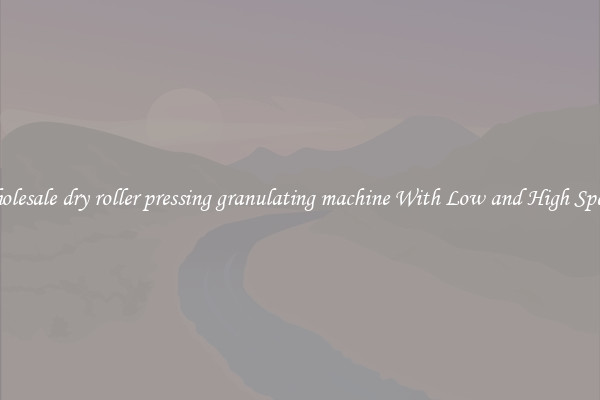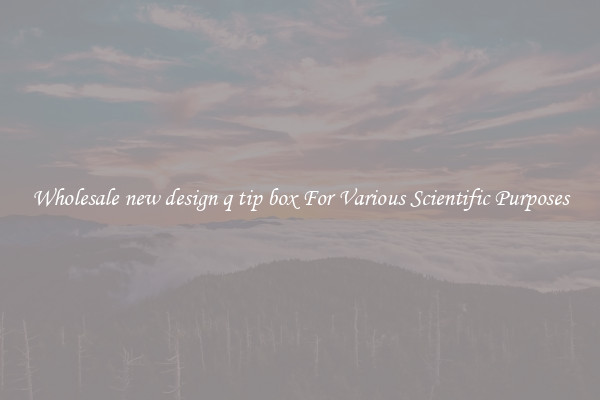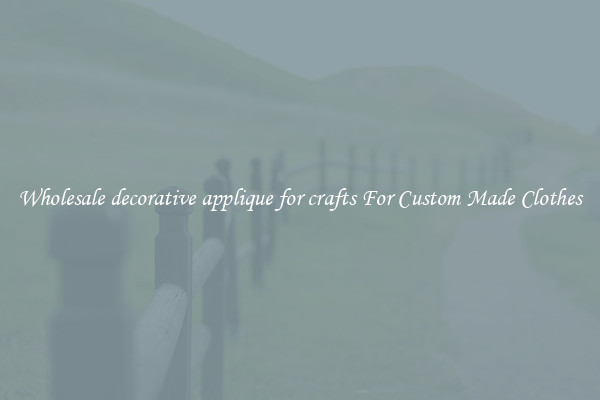Elegant And Versatile cladding for house exterior For Diverse Uses
Elegant and versatile cladding for house exteriors has become increasingly popular in recent years, as homeowners seek to enhance the overall aesthetics and functionality of their properties. Cladding refers to the installation of an additional layer on the exterior walls of a house, serving as both a decorative element and a protective barrier against the elements. It is available in a wide range of materials, styles, and finishes, making it a versatile option for diverse uses.
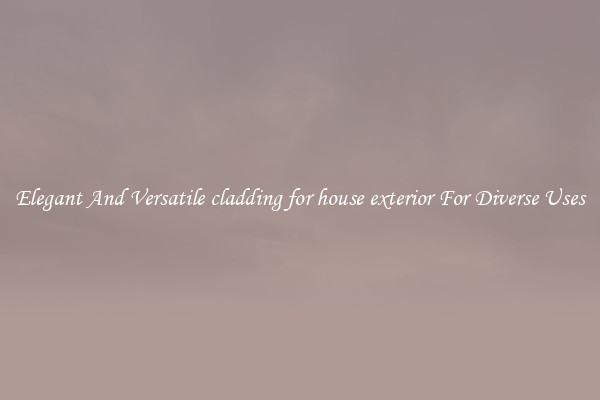
One of the most popular cladding materials is wood, known for its timeless elegance and natural warmth. Wood cladding can give a house a rustic, traditional look, or a more modern and sleek appearance, depending on the type of wood and the installation method used. It is highly versatile and can be customized to fit any architectural style. However, it does require regular maintenance to prevent warping or decay, making it less suitable for areas with harsh weather conditions.
For a more contemporary and low-maintenance option, many homeowners opt for metal cladding. Metal cladding is available in various materials such as aluminum, steel, and zinc, offering durability, weather resistance, and fire retardancy. It can be installed in different ways, allowing for a range of styles and patterns. Metal cladding is also highly customizable, as it can be painted or coated to match any color scheme or design preference.
Another versatile cladding option is fiber cement. Made from a mixture of cement, sand, and cellulose fibers, it is known for its durability, resistance to rot and pests, and minimal maintenance requirements. Fiber cement cladding can imitate the appearance of natural materials such as wood or stone, offering homeowners a cost-effective alternative without sacrificing aesthetics. It is also available in a variety of textures and finishes, allowing for creative design possibilities.
In addition to the aesthetic benefits, cladding also provides insulation and protection to the underlying structure. It acts as an additional barrier against water infiltration, reducing the risk of moisture-related issues such as mold or rot. This added layer can also improve energy efficiency by preventing heat loss or gain, resulting in lower heating and cooling costs.
Whether you are looking to update the look of your home or improve its functionality, elegant and versatile cladding for house exteriors can be a game-changer. From traditional wood to contemporary metal or fiber cement, the options are endless. Consider your architectural style, maintenance preferences, and desired look to choose the most suitable cladding material for your home. With proper installation and occasional maintenance, cladding can transform your house's exterior, increase its value, and make it the envy of the neighborhood.
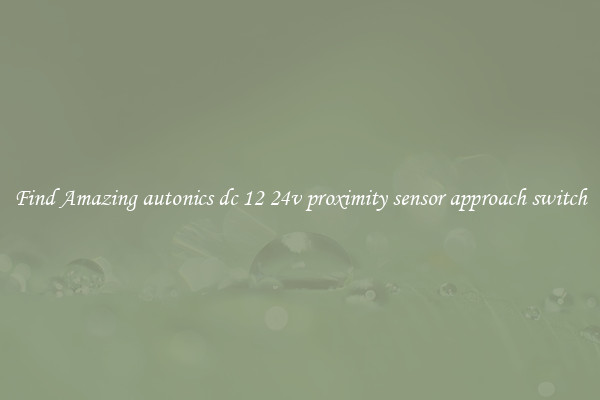
View details
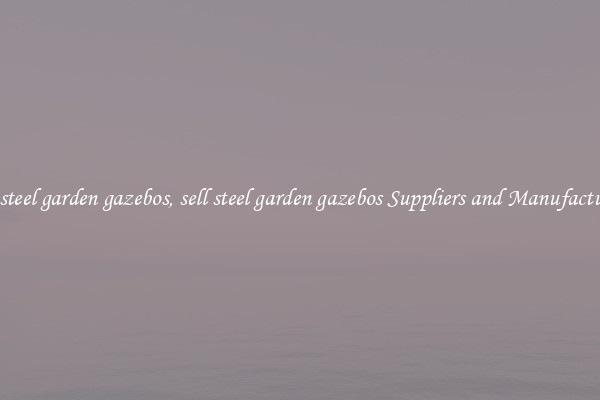
View details
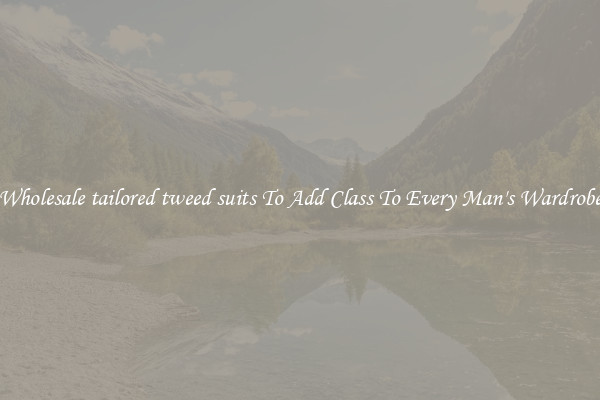
View details

View details
